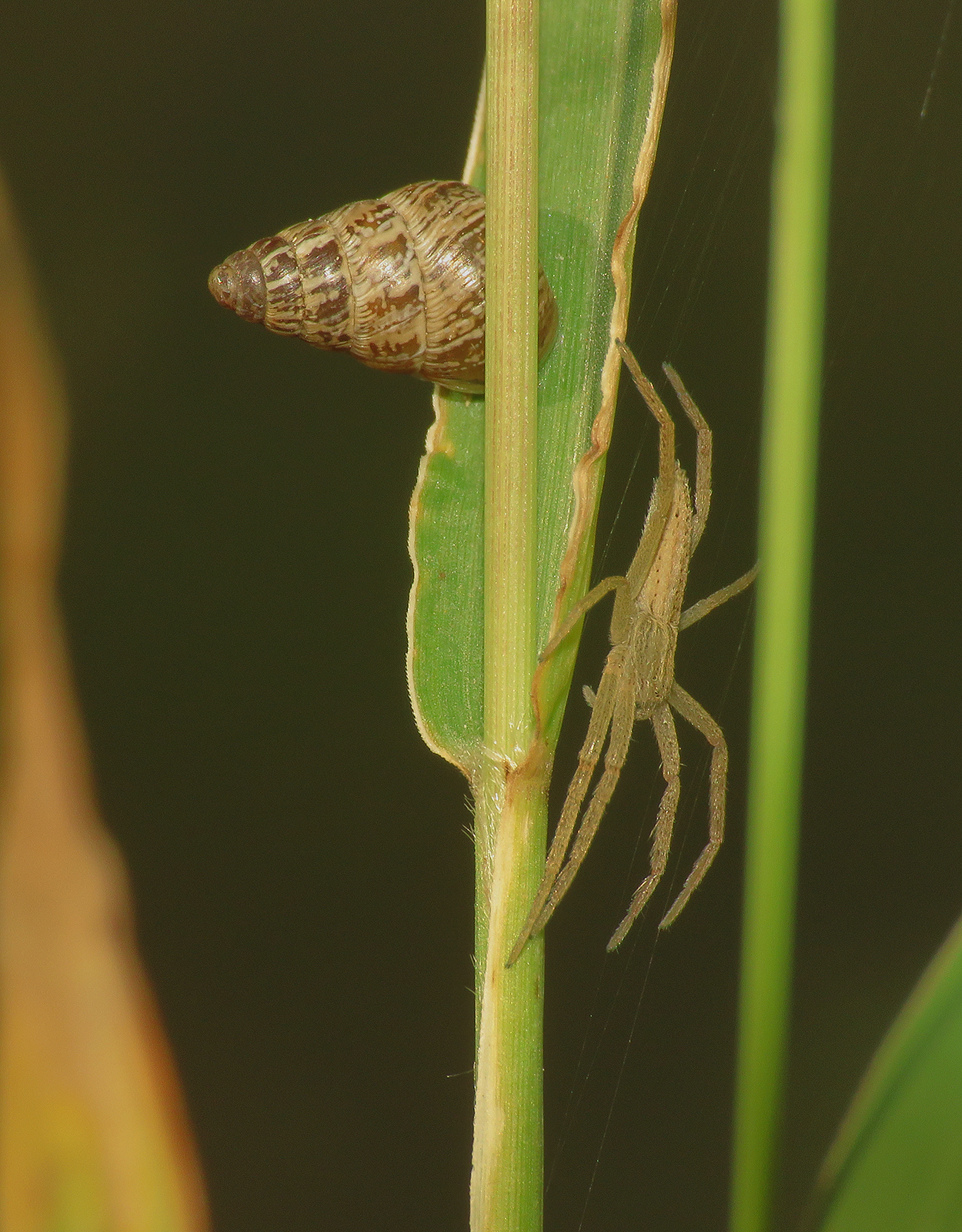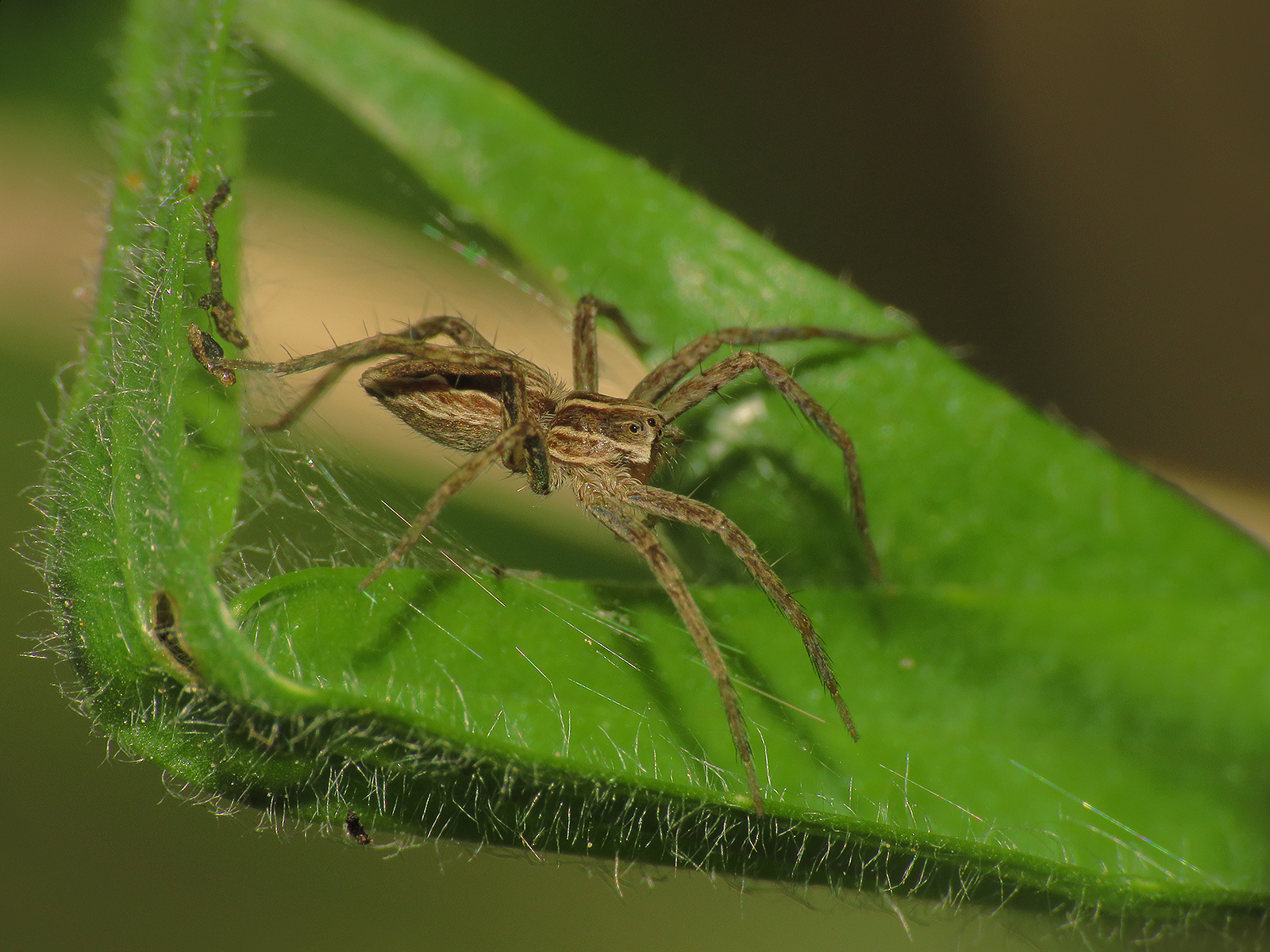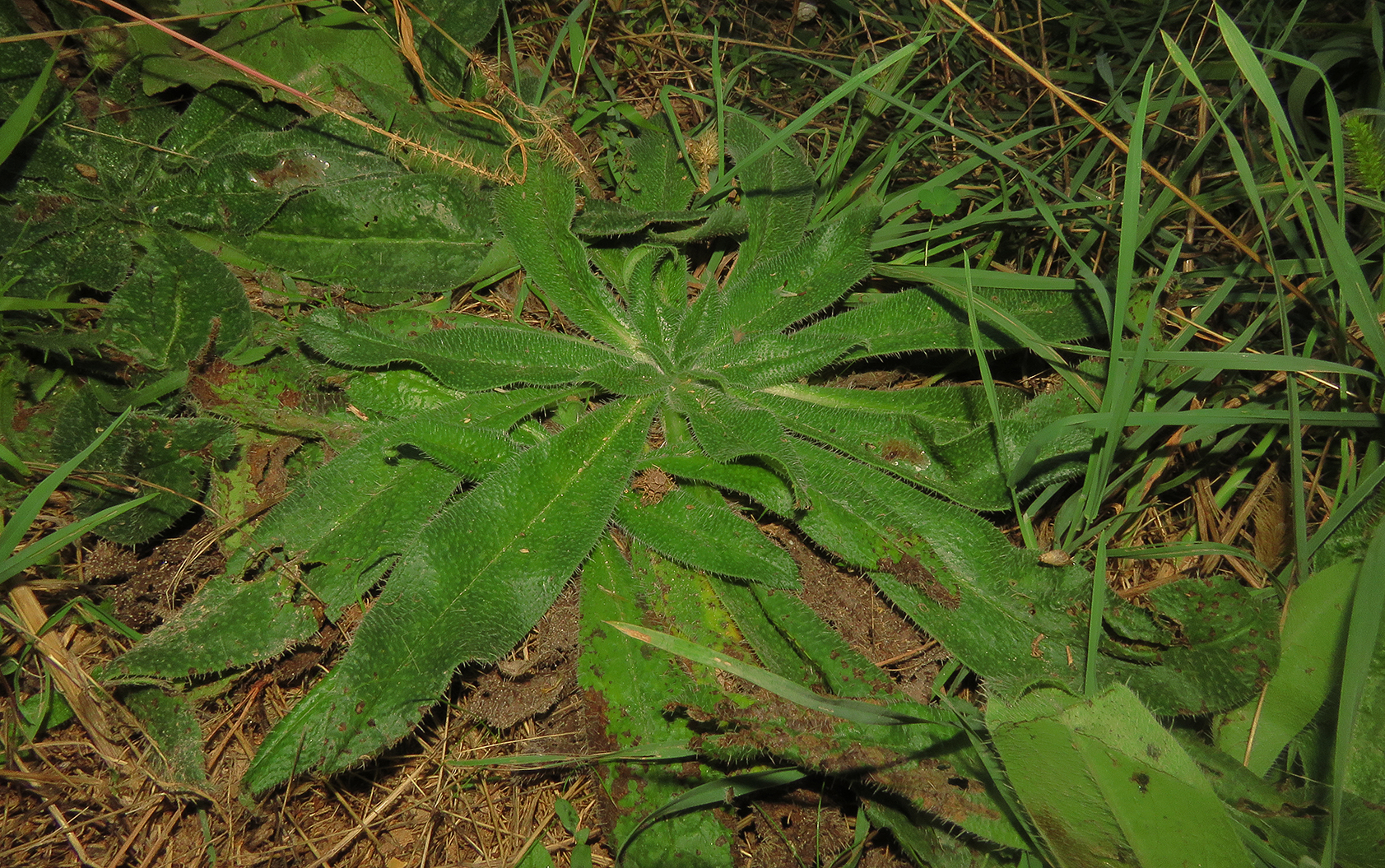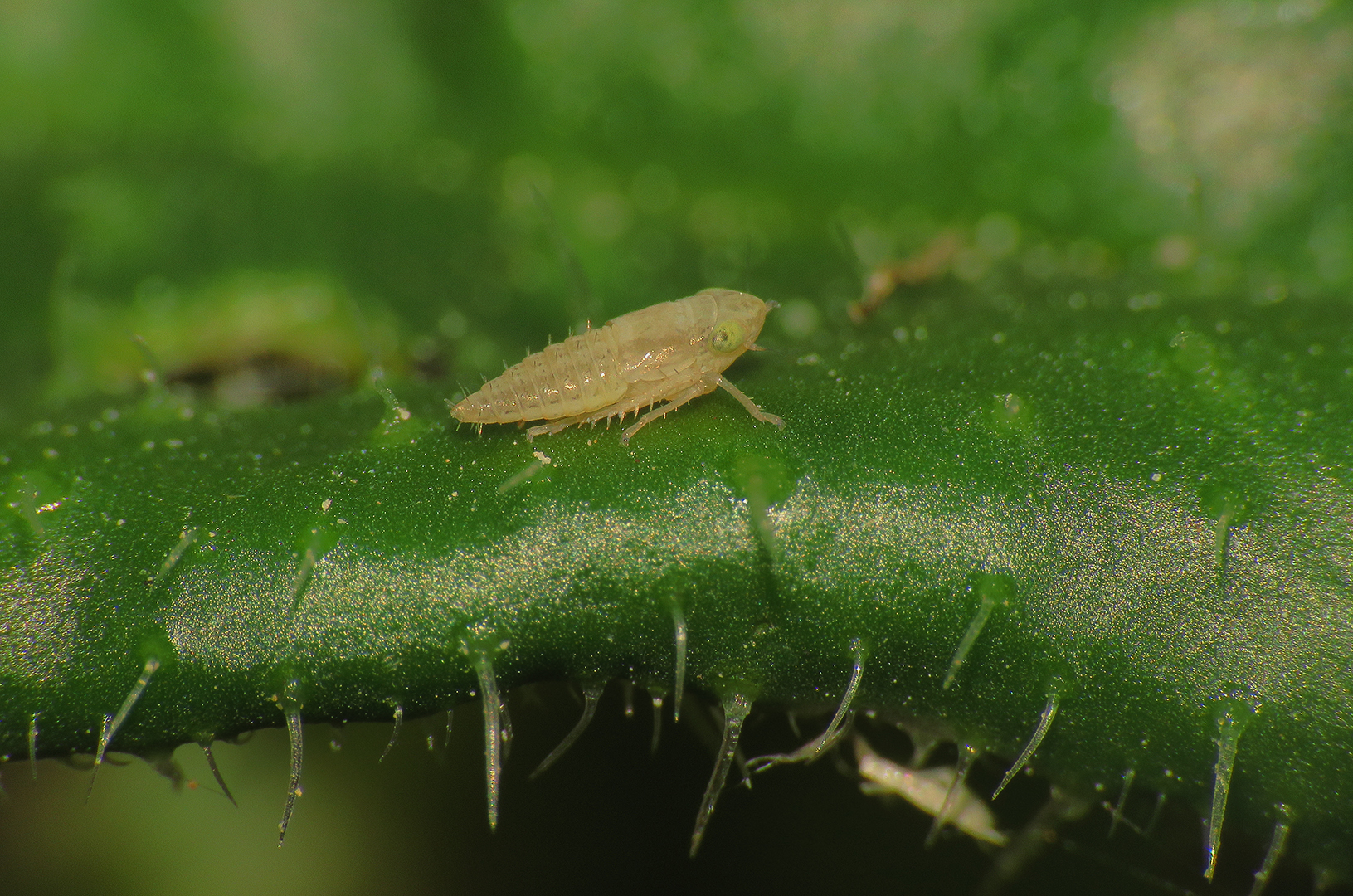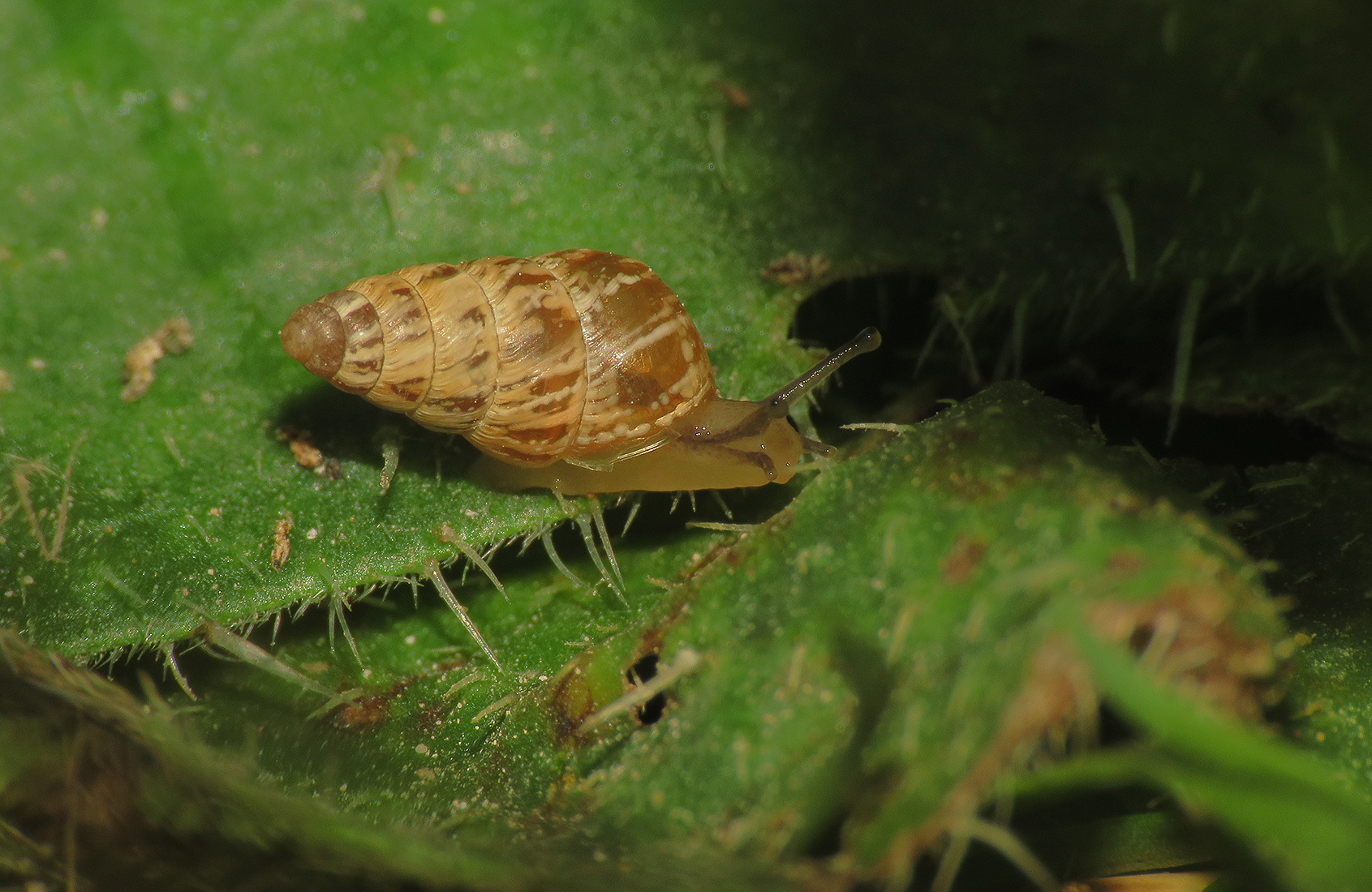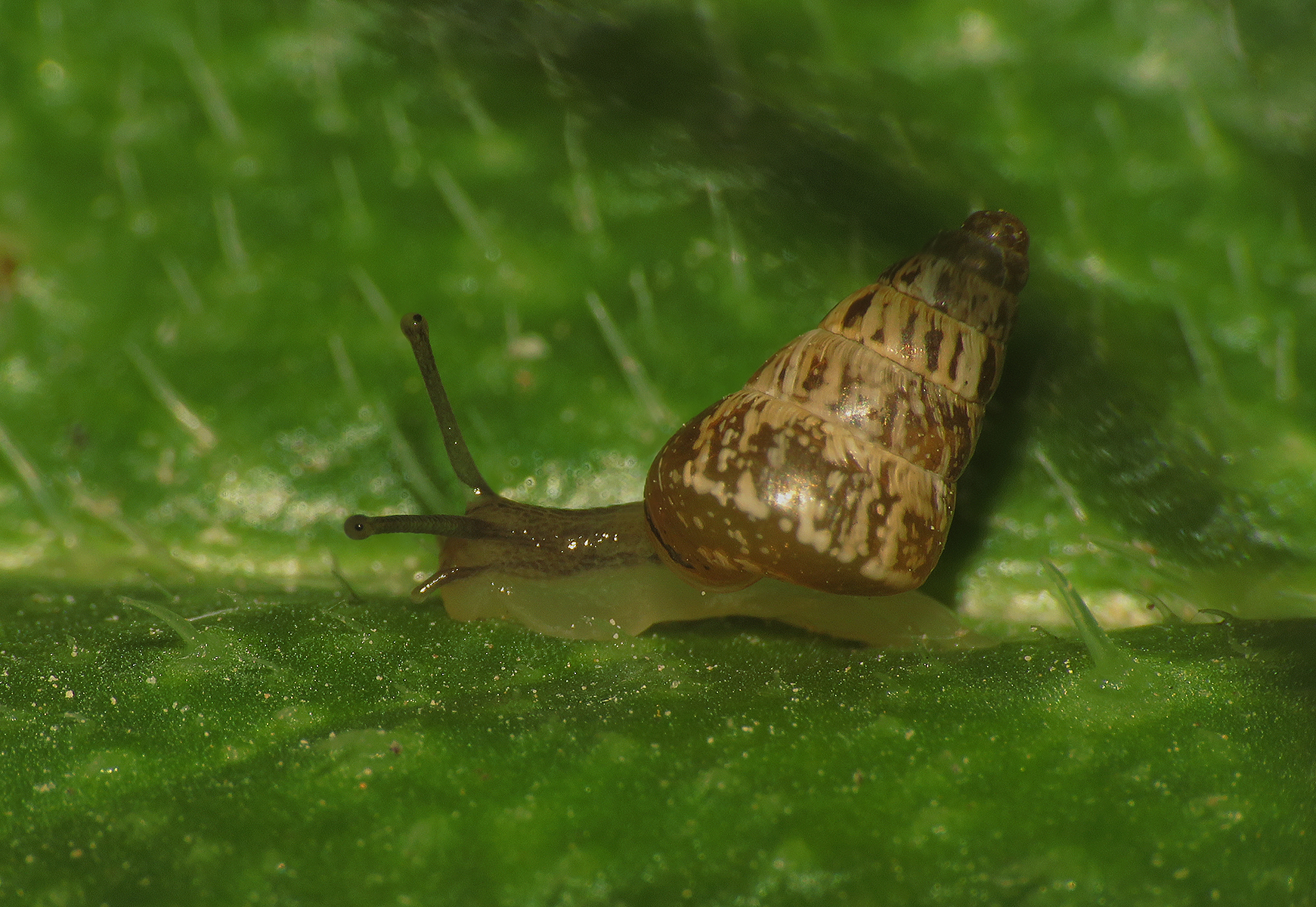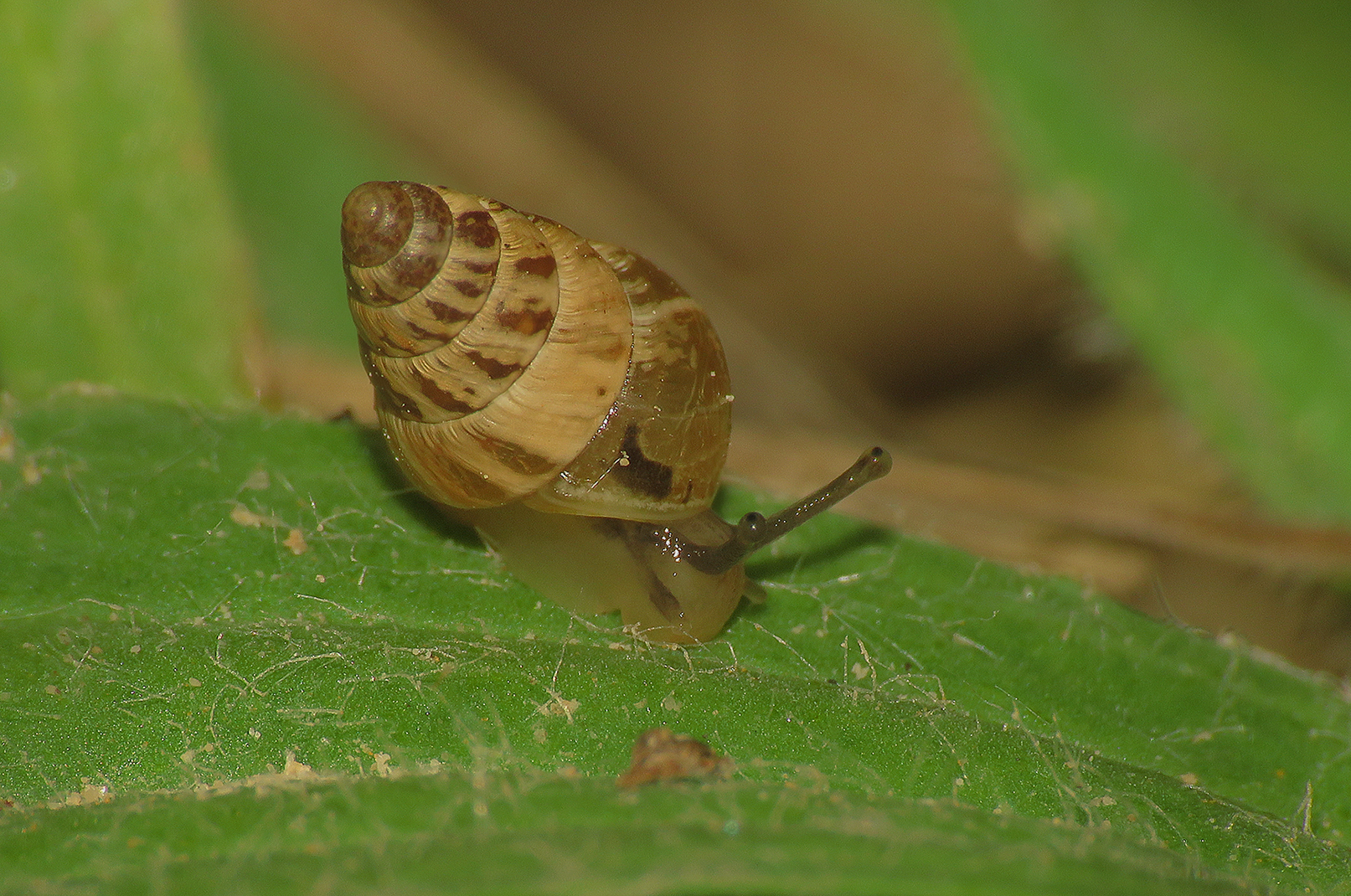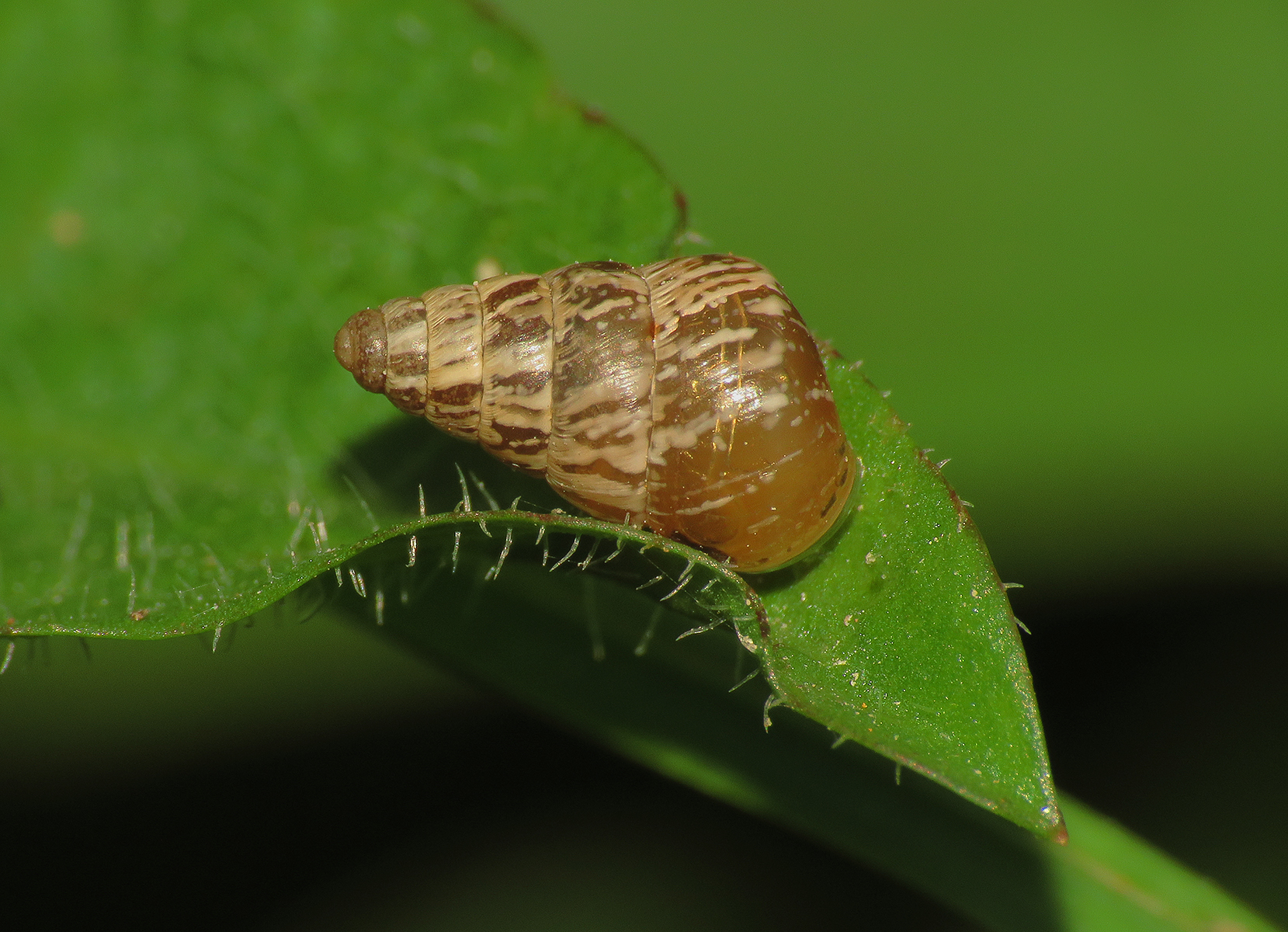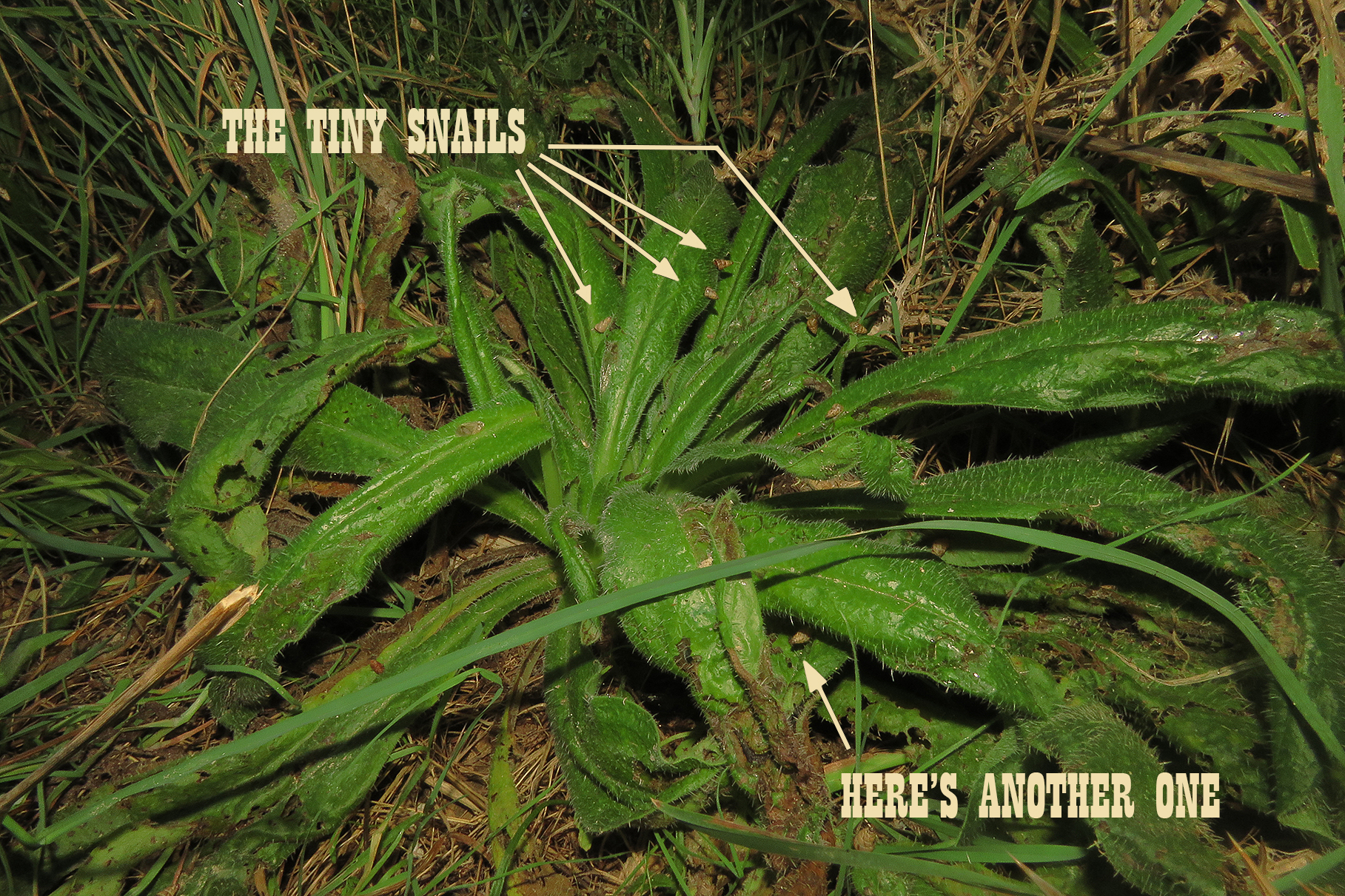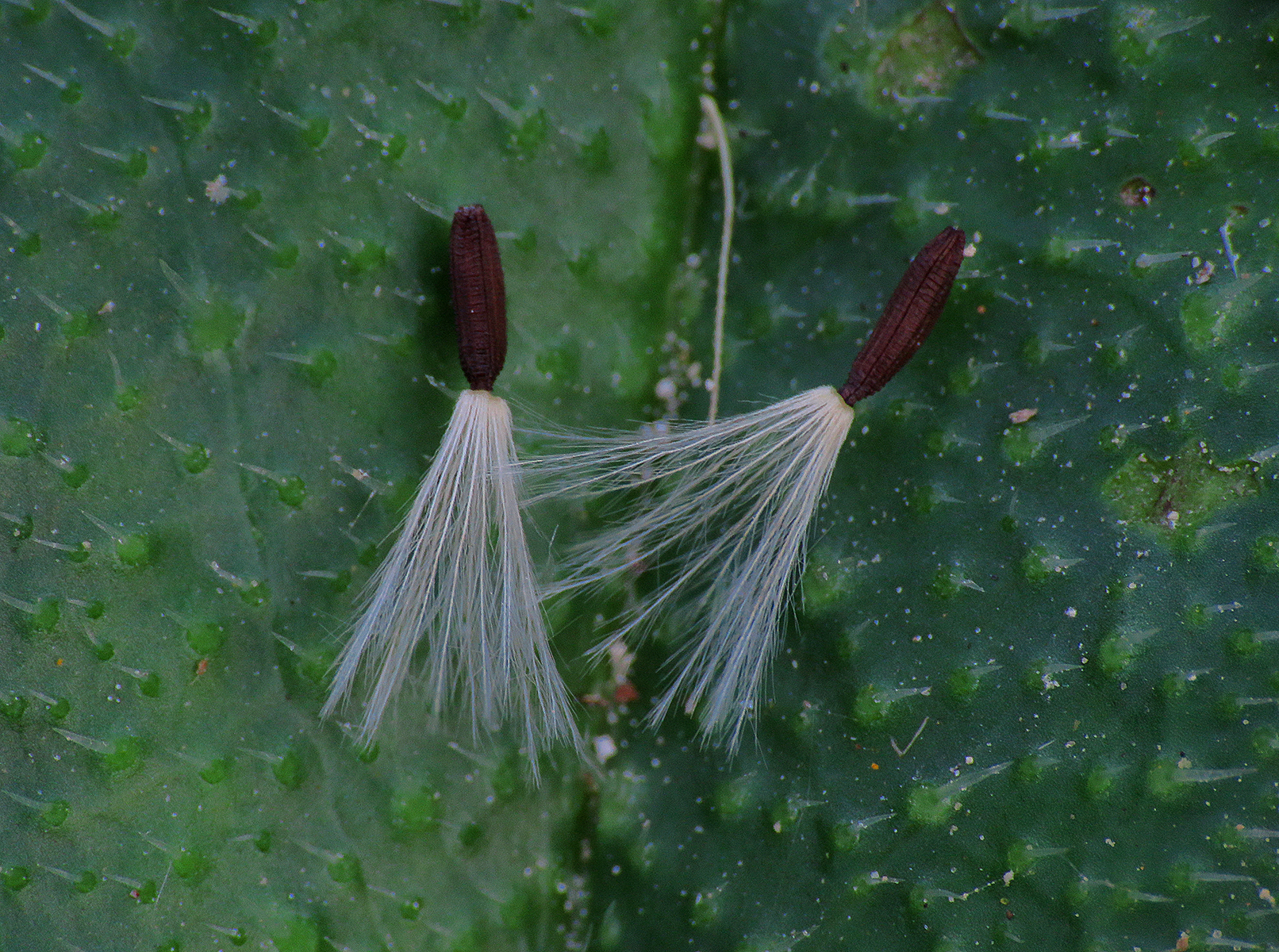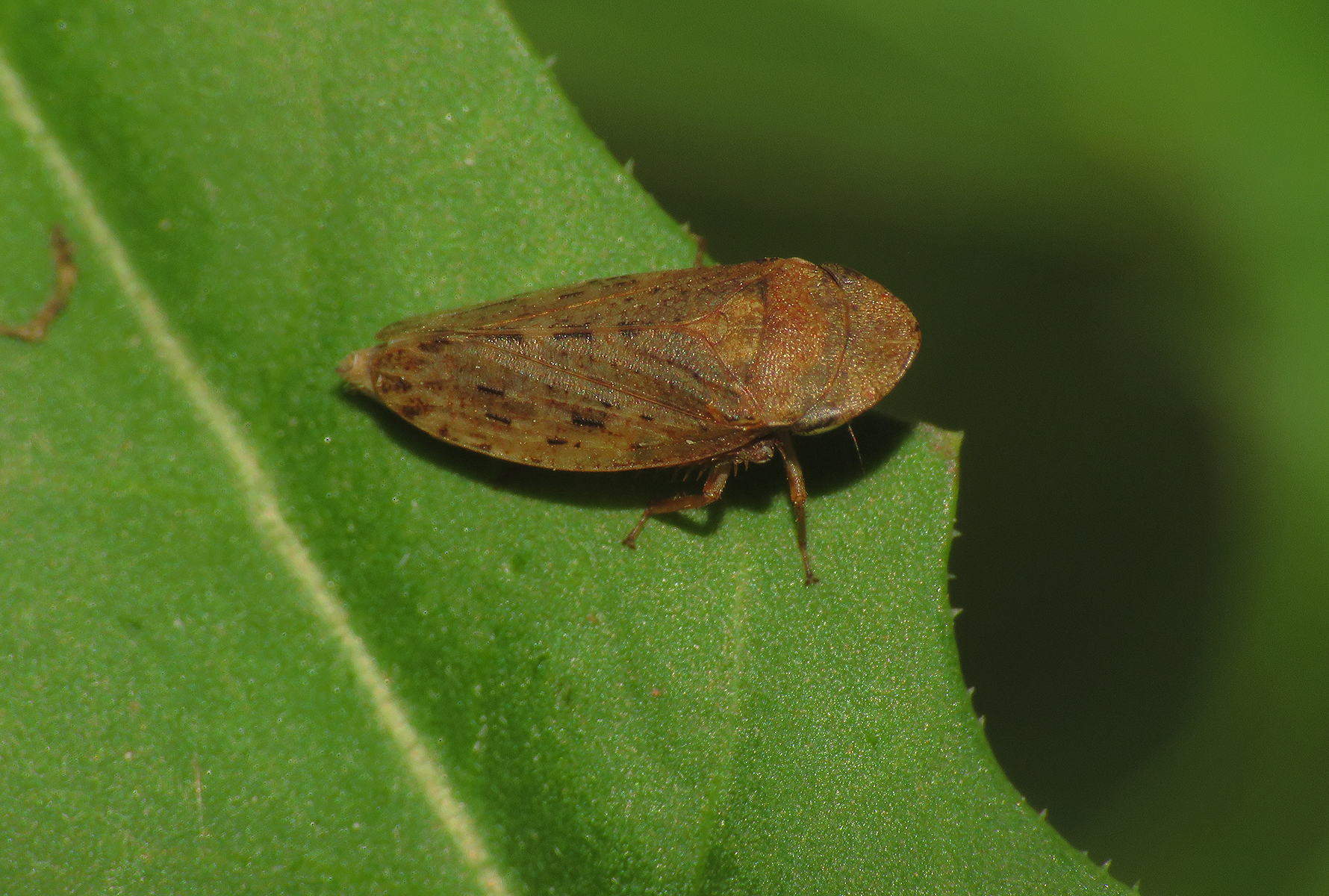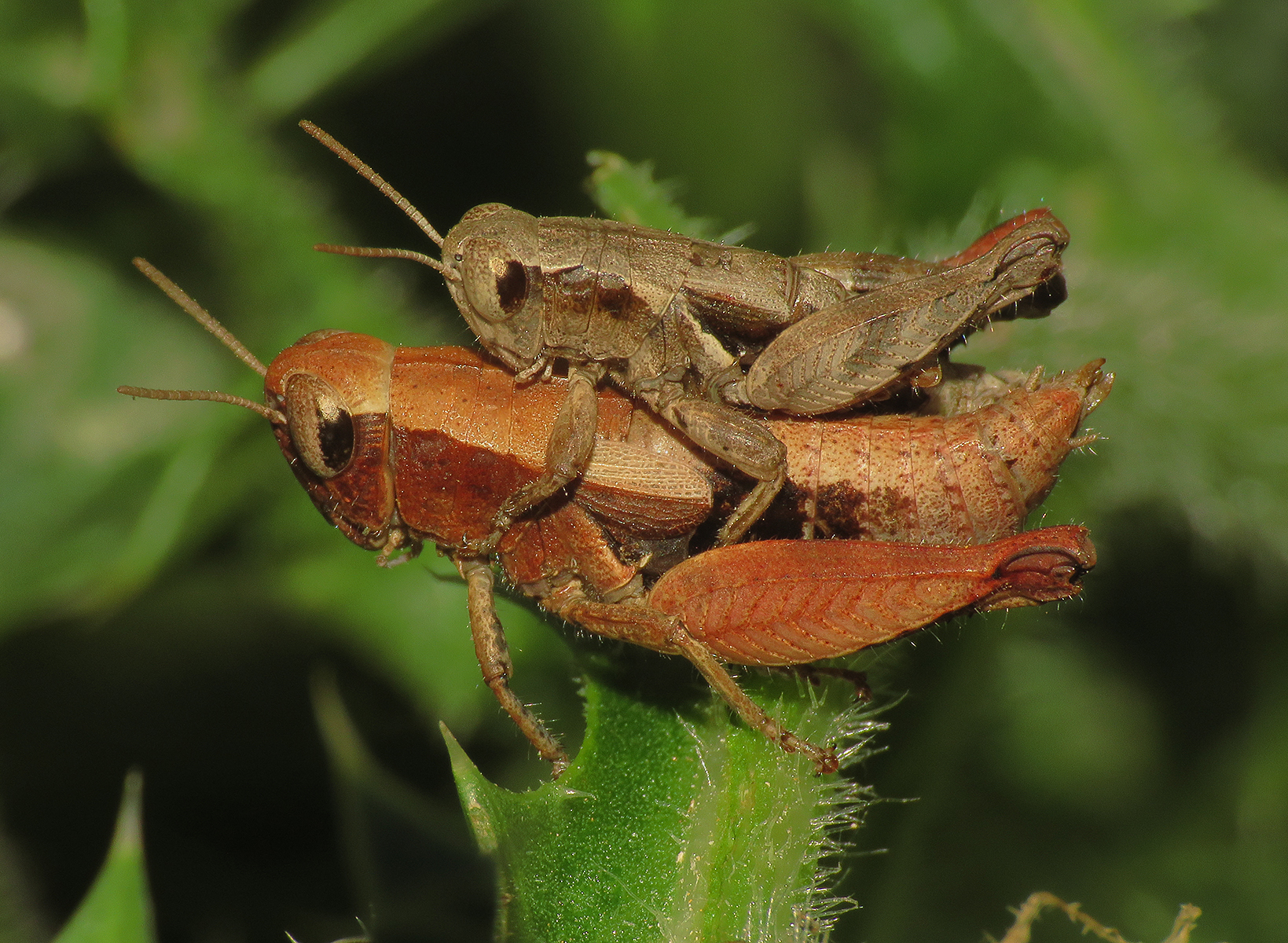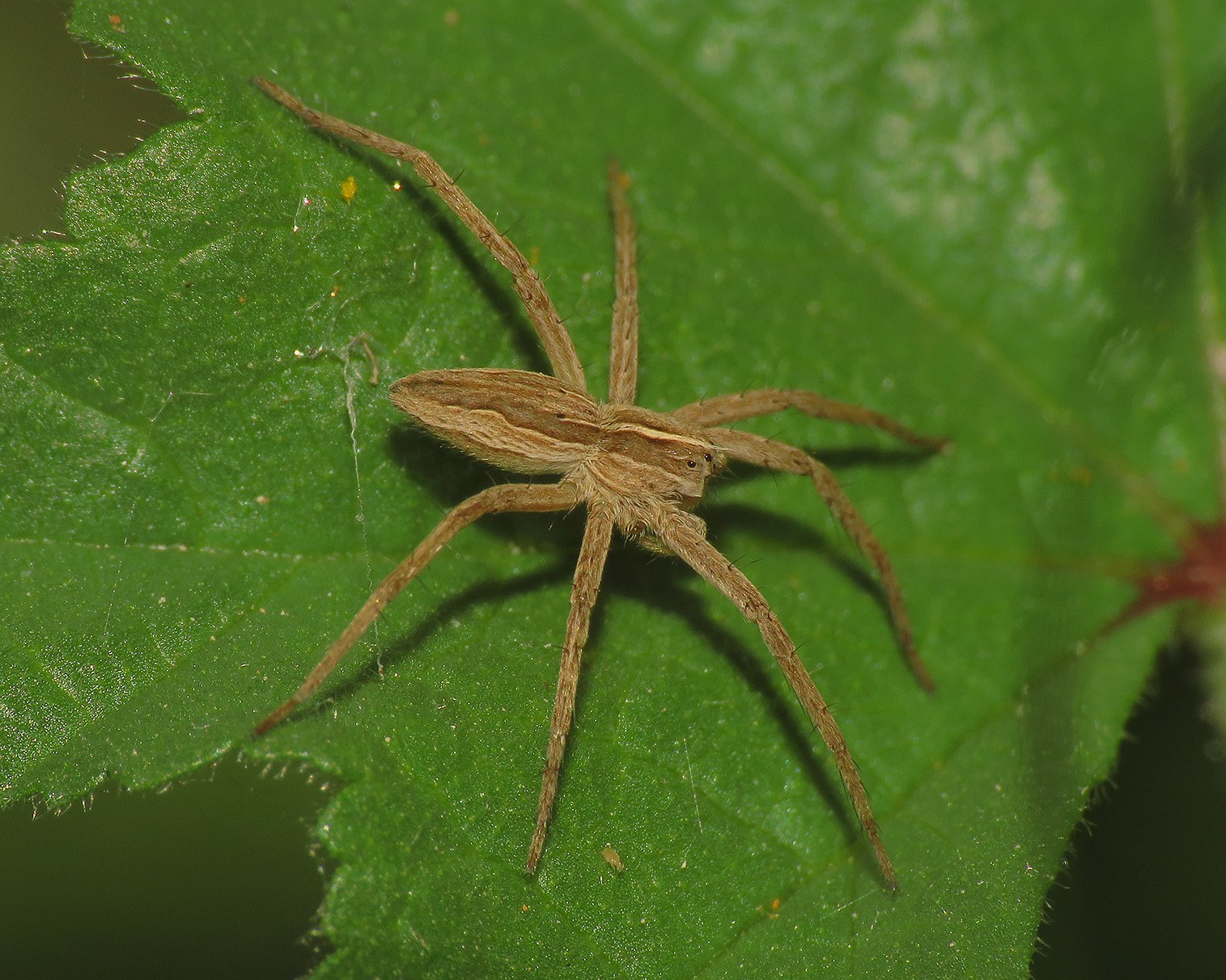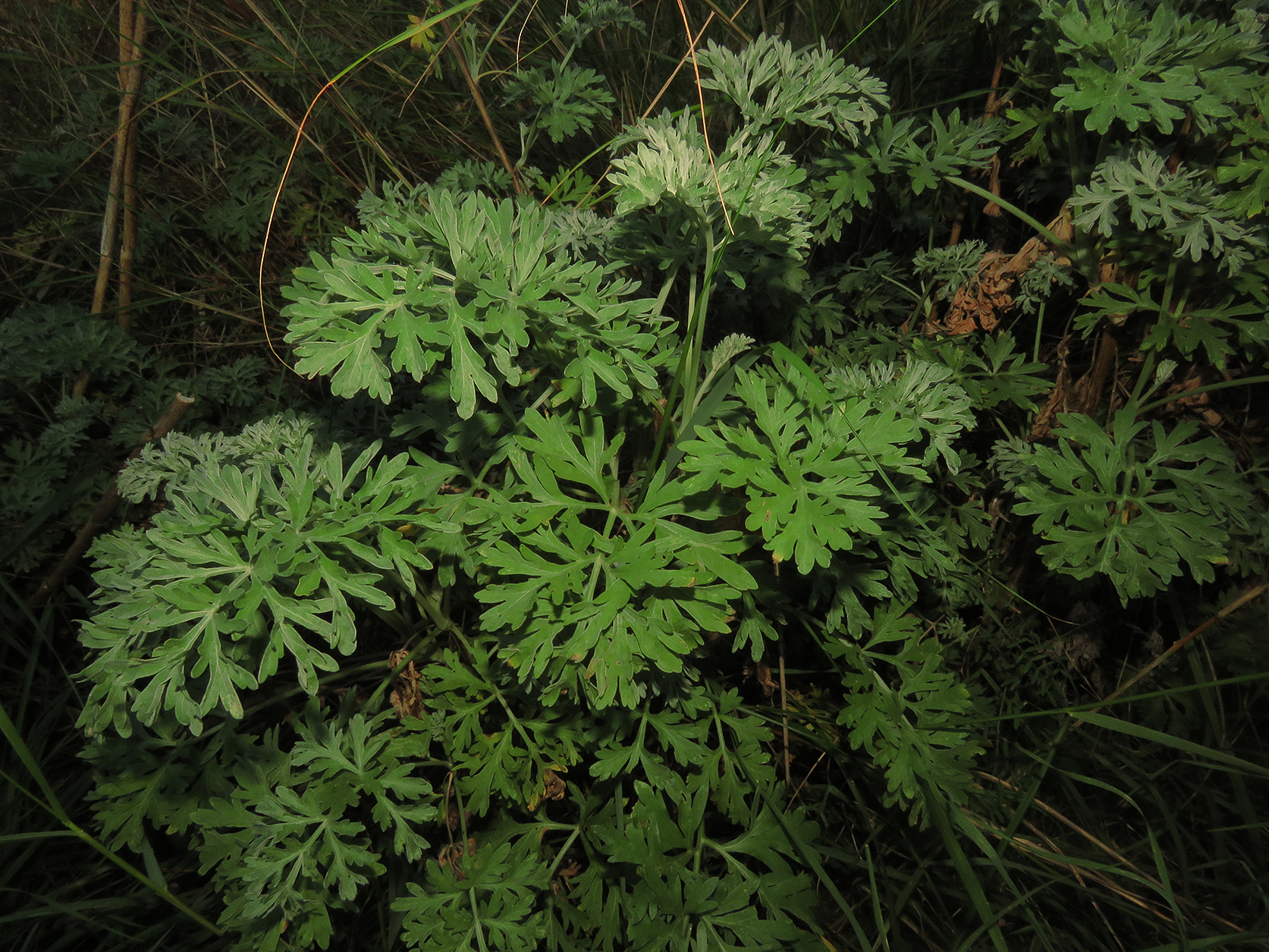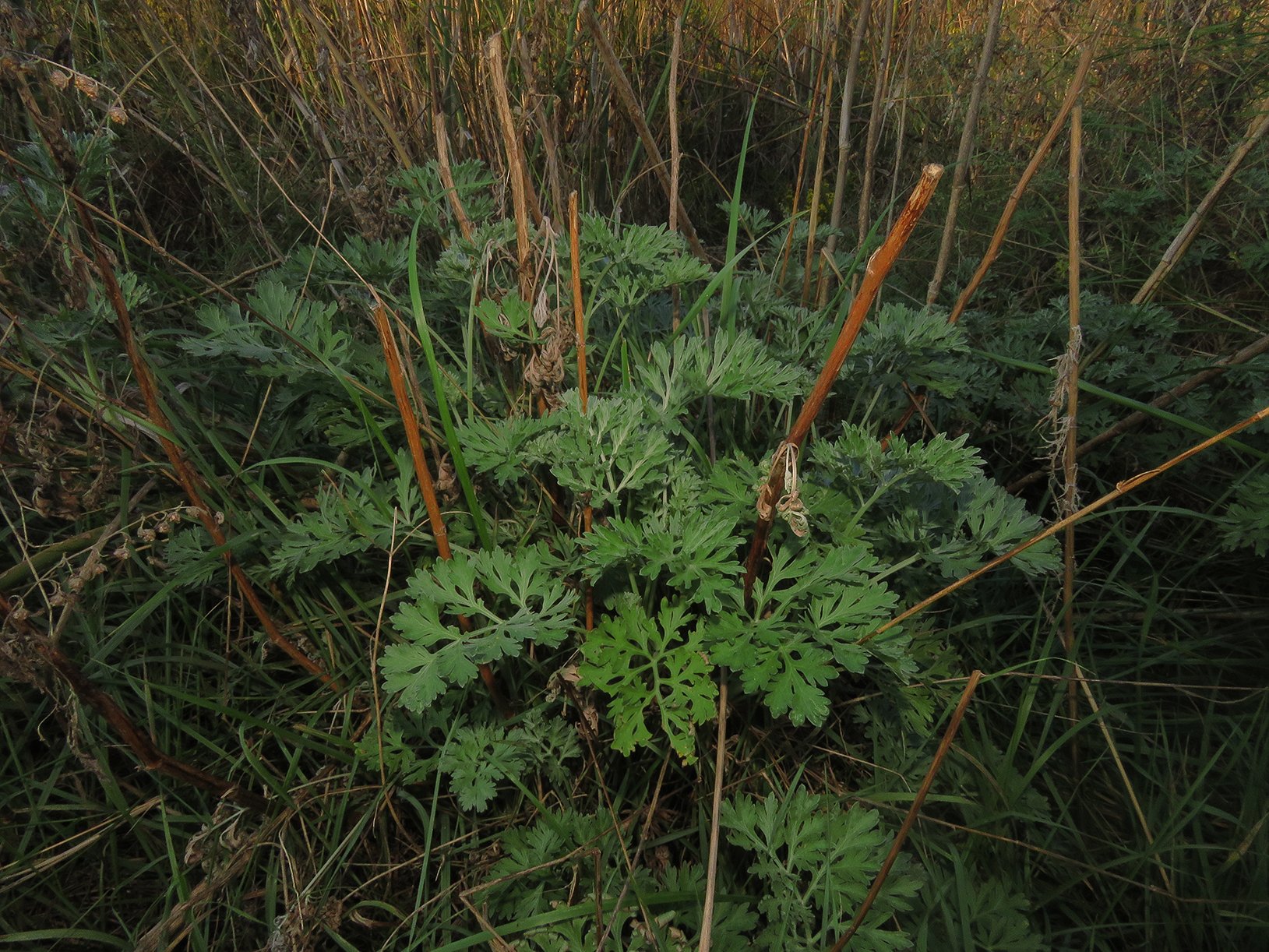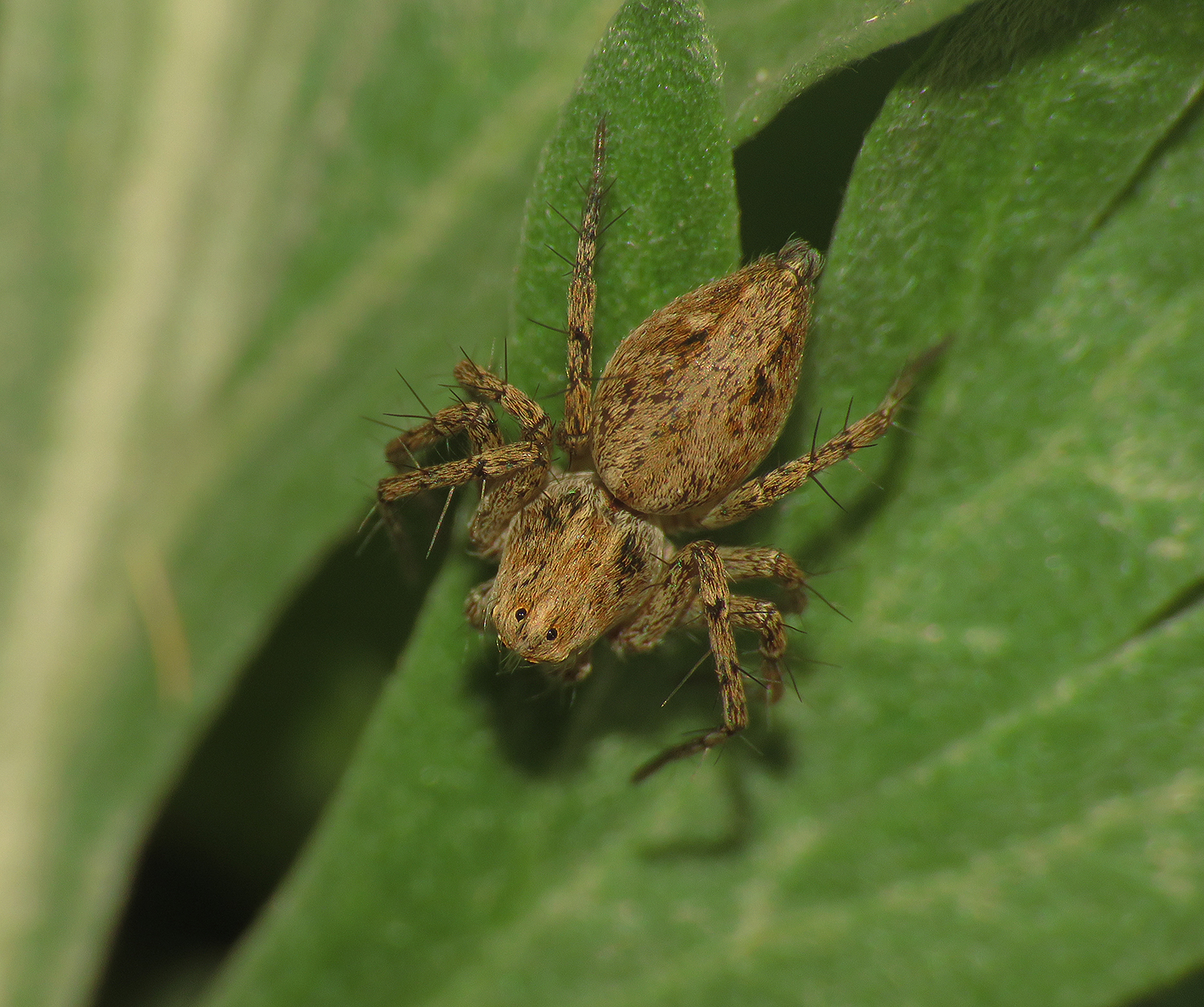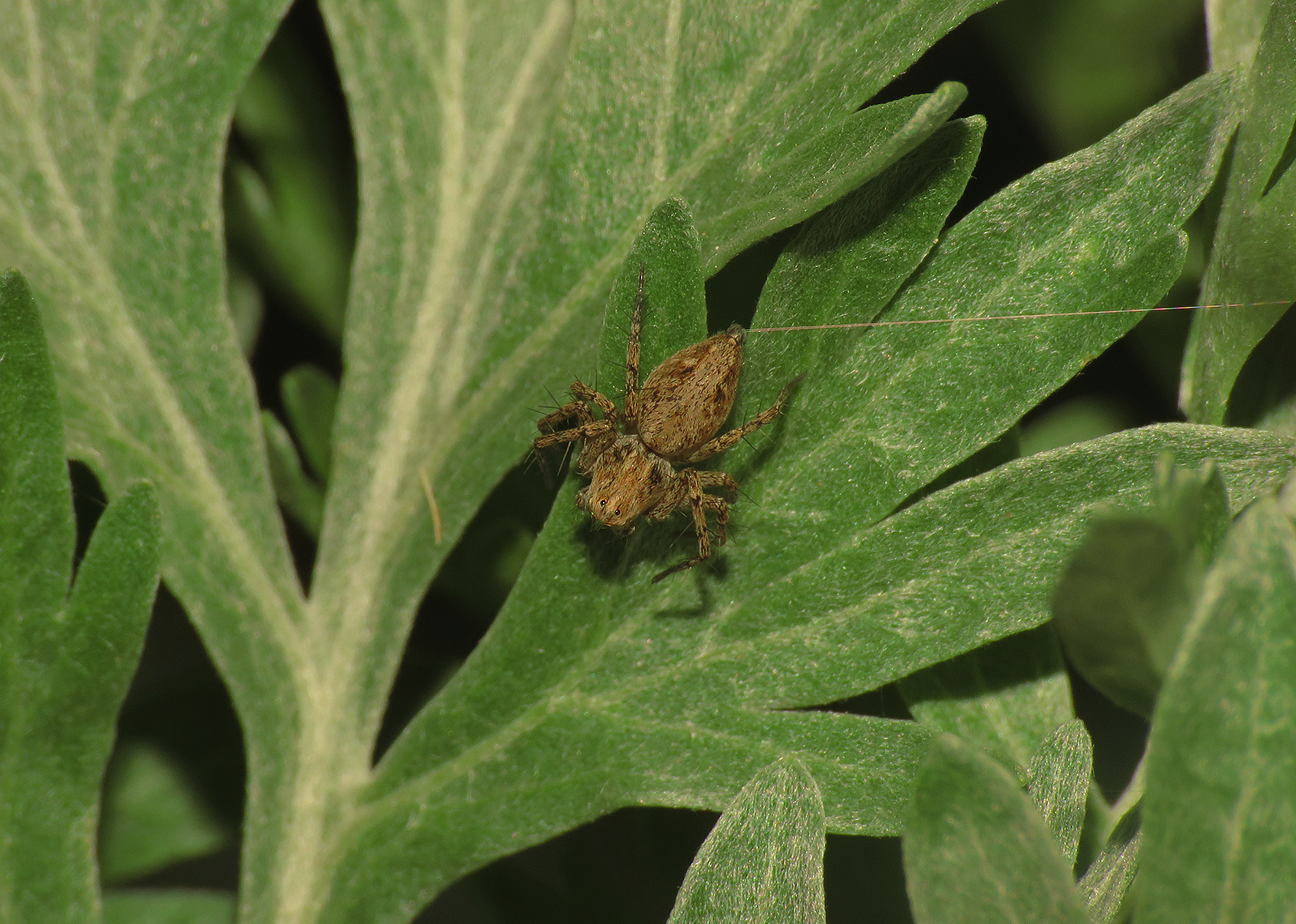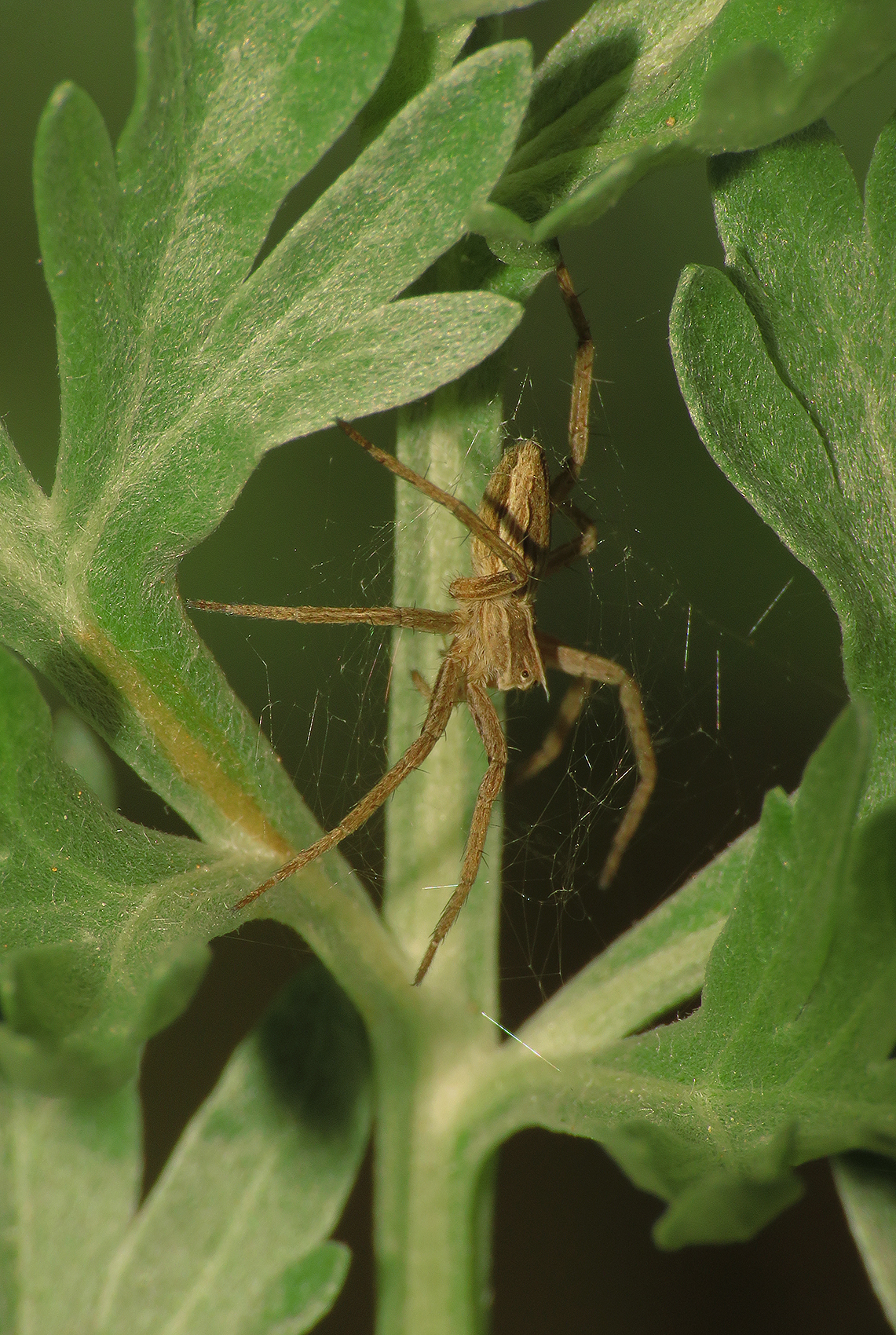As I repeat in each episode, not always at the beginning, Marlera is a coastal area near the village of Liznjan, about five or six kilometers from where I live. Since the place is only a short drive from my house and supports a nice diversity of wild plants and small arthropods, I visit it quite often. During this unusually warm October, almost every day.
Exploring the same area year after year, practically since childhood, can get a bit repetitive but surprisingly less than one might expect. The amount of details and species one can find is staggering and every new day can show you the same plants & animals in different situations, so even when repetitive things rarely get boring. To encounter something completely new is a rare occurrence though, but ...

... but that's exactly what happened a week ago, on the fifth of October. I found a tiny snail I never saw before. I mean, I saw only the shell attached to a leaf of grass, the snail was hidden inside. In the following photograph ...
... you can see the Tibellus oblongus, a spider from the Philodromidae family that was resting, partially supported by a few silky threads, on the other side of the same leaf, very close to the snail.
While photographing this Pisaura mirabilis spider from the Pisauridae family that was resting on one of the low-growing plants around the fairly tall grass, I thought about how great it would be if I could see and photograph one or more of those snails actively crawling around. Since the weather was hot, not particularly dry but far from being humid either, I wasn't seriously expecting that, just nursing a vague hope. I thought: "With a few attractive shots of active snails that belong to a species I never encountered before, the post I envisioned would be so much better."
This is the Echium italicum, a plant that at this stage of its development forms a rosette of leaves low on the ground. At some point, Echium italicum will grow a fairly tall, robust stem with many flowers, but for now, the plant has only a bunch of leaves to show. On one of its juicy, hairy young leaves ...
... I photographed a tiny leafhopper nymph. Many leafhoppers present in this area are very similar and hard to identify even in their adult stage. Trying to identify a nymph is even harder. That's why I won't tell you the name of the species this time. But I can tell you what family it belongs to. The family is most certainly Cicadellidae.

On another leaf of the same plant, I photographed an adult Recilia schmidtgeni leafhopper that wasn't much bigger than the nymph shown in the previous picture. About half an hour later ...

... on another Echium italicum plant ten or twenty meters further ...
... I came across a mollusk I was hoping to find. The snail was crawling from the well-lit place toward the shady one when this photograph was taken. I didn't find only one snail, in the following shot ...

... you can see two of them next to each other.
I didn't know what species I was observing and photographing on the fifth of October but today, while preparing this post, after a fairly short Internet search, I found out that this is the Cochlicella barbara, a pulmonate snail from the Geomitridae family.
The species is native to the Mediterranean parts of Europe but it was introduced in the coastal areas of England, South Africa, and Australia.
The snails didn't mind the flash of my camera nor the invasive proximity of its lens, but if I touched the leaf on which they were crawling even the slightest, they retreated into their shells with surprising speed. I don't know how it came to be that I never encountered these snails before. They are pretty small, so maybe I just didn't notice them. Maybe they are well-hidden most of the time. Many snails are active mostly or only during the night. Who knows.
I saw plenty of them on the fifth of October, late in the afternoon, but when I revisited the same place two more times, I didn't see any.
This Cochlicella barbara snail with just its upper tentacles peeking from the shell has a very cute, cartoonish appearance.

Here you can see the seeds fallen from one of the taller neighboring plants.
In this photograph, I used the macro lens to get closer and take a better look at the details. I think that these seeds belong to some plant from the genus Sonchus in the Asteraceae family, but I could be wrong.
Here you can see a leafhopper that I wasn't able to identify. The family is Cicadellidae - that's for sure, and the genus is probably Aphrodes, but I don't know what species exactly is this.

This is the Longitarsus exoletus, a beetle from the Chrysomelidae family.

The tiny beetle was chewing the upper surface of a juicy leaf, but since I forgot to photograph the entire leaf on the fifth of October, I couldn't identify the plant today.
Pezotettix giornae is a grasshopper species I encounter very often, and therefore a species that appeared in many of my older posts. You can see a mating pair in this photograph. The thing that makes this shot stand out from quite a few other Pezotettix giornae portraits I uploaded so far on Hive, is the color of the female. The usual color of these grasshoppers is the one seen on the smaller male. While the species is a regular encounter, a pair like this has a bit of rarity value for me.
Here you can see another Pisaura mirabilis. The species was introduced earlier in the post. The spider shown in this shot was resting on the leaf of the Malva sylvestris plant. In the following photograph ...
... you can take a look at the Artemisia absinthium leaves.
On that relatively tall, robust herbaceous plant with a strong bitter aroma and quite a few beneficial properties ...
... I photographed this fairly small, still juvenile spider from the Oxyopidae family. The name of the species is Oxyopes heterophthalmus. This is an ambush predator that doesn't spin webs, but ...
... but uses its silk in other ways. In this shot, the flash of my camera somehow revealed the single thread coming from the spider's abdomen.

On the same plant, I also photographed another Pezotettix giornae grasshopper ...
... and yet another Pisaura mirabilis spider.

Here you can see a tiny beetle chewing the upper surface of the Artemisia absinthium leaf. I'm pretty sure that this beetle belongs to the genus Longitarsus, the family is definitely Chrysomelidae, but I wasn't able to identify the species.
AND THAT'S IT. I HAVE NOTHING ELSE TO SHOW IN TODAY'S EPISODE. AS ALWAYS HERE ON HIVE, THE PHOTOGRAPHS ARE MY WORK.
The following links will take you to the sites with more information about the protagonists of this post. I found some stuff about them there.
https://en.wikipedia.org/wiki/Tibellus_oblongus
https://en.wikipedia.org/wiki/Pisaura_mirabilis
https://en.wikipedia.org/wiki/Echium_italicum
https://en.wikipedia.org/wiki/Leafhopper
https://truehopperswp.com/species/recilia-schmidtgeni
https://en.wikipedia.org/wiki/Cochlicella_barbara
https://en.wikipedia.org/wiki/Aphrodes
https://en.wikipedia.org/wiki/Longitarsus_exsoletus
https://en.wikipedia.org/wiki/Pezotettix_giornae
https://en.wikipedia.org/wiki/Artemisia_absinthium
https://en.wikipedia.org/wiki/Oxyopes_heterophthalmus

